#gongylophis
Text
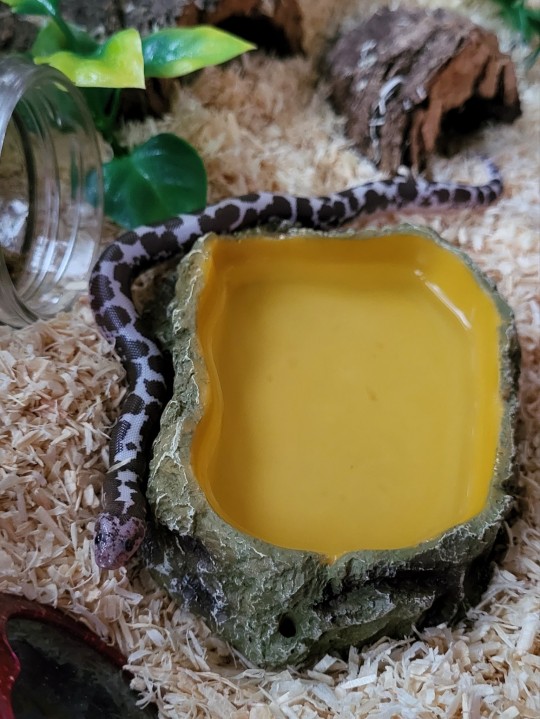

Worm hours
[ID: two pictures of MooMoo the black and white kenyan sand boa laying next to his water bowl in his enclosure]
45 notes
·
View notes
Text


❌️ grab actual food
✅️ try to eat my own shed
#dw i got her fed#snek#snakes#sand boa#kenyan sand boa#gongylophis colubrinus#reptiles#reptiblr#pets#cute#cute animals#lol#funny animals#animals#meatspace#blog together queue alone
410 notes
·
View notes
Text
Uncharismatic Fact of the Day
Life’s always a beach for the Kenyan sand boa! This species is endemic to the deserts of northern Africa, and spends about 80% of its life buried in the sand, where they can hide and ambush passing prey.
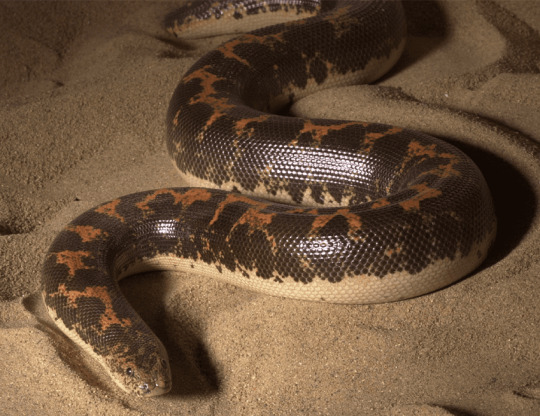
(Image: A Kenyan sand boa (Gongylophis colubrinus loveridgei) in a rare adventure aboveground by the Lincoln Park Zoo)
If you like what I do, consider leaving a tip or buying me a ko-fi!
#Kenyan Sand Boa#Squamata#Boidae#old world sand boas#sand boas#boas#snakes#squamates#serpents#reptiles#uncharismatic facts
171 notes
·
View notes
Text
Snake Swag Bracket Round 2
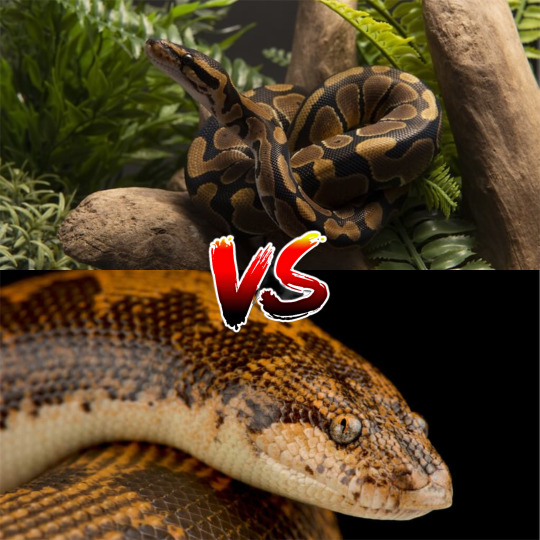
(Ball python top photo, Kenyan sand boa bottom photo)
Here we have two beloved snakes in the reptile pet trade facing off! The ball python (Python regius), with their sweet puppy dog eyes, very manageable size (they are the smallest of the African pythons!) and gentle, inquisitive disposition are typically listed as the most popular pet snake. They can also live remarkably long lives in captivity, often living to their 30s--although the oldest ball python, kept at the St. Louis Zoo, is estimated to be 62 years old! While not as popular as the ball python, the Kenyan sand boa (Gongylophis colubrinus) is quickly growing in popularity. They stay small, typically growing to 2-3 ft, and tend to be docile, easygoing snakes. In addition, like most boas, they're known for having terrific appetites, and their loveable worm-on-a-string expression has endeared them to reptile keepers around the world!
21 notes
·
View notes
Text


My two derpiest snakes, The Ophiotaurus "Angus" - Kenyan Sand Boa (Gongylophis colubrinus) on the left and Bellatrix - Hognose Snake (Heterodon nasicus). Got to love those weird noses! Just wanna boop.
#snake#snakes of tumblr#reptile#sassy#upturned nose club#boop the snoot#boop boop#so cute#kenyan sand boa#hognose snake#Angus#Bellatrix#photos#i love them so much
2 notes
·
View notes
Text
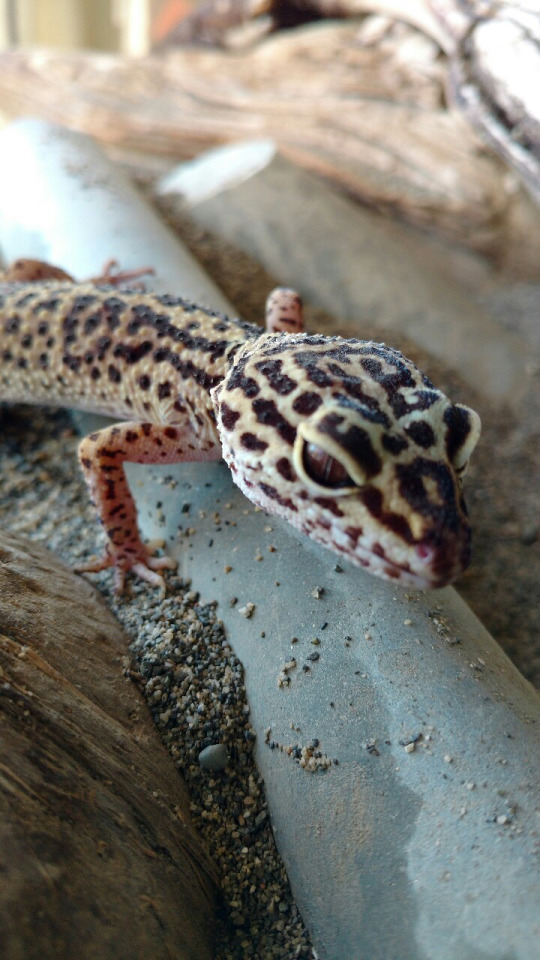


Just a few weeks before my mom passed away my 23+ year old female leopard gecko (Eublepharis macularis) Diego died too. Ever since I have been trying to figure out what to do with the enclosure that she left behind, and here are some of the ideas that I have come up with:
- Turn it back into the aquarium that it originally was; it could make for a rad freshwater species aquarium of zebra danios and beautiful blue freshwater shrimp, or it could be a second saltwater tank. Right now the thought of entering into another expensive-to-equip aquarium adventure makes me mentally hyperventilate though, especially when I still have yet to finish stocking my Fluval Evo reef tank which I've dubbed Purrling Reef. Sure the thought of a seahorse tank or an angler fish is fun but do I really want to enter into another aquatic pet like that at this time? Probably not!
- Get a small (male) snake! This is the original thing that I wanted to do but my mom wasn't on board with snakes. My dad? He's fine with it. So far the most likely species for me is the Plains Hognose (Heterodon nasicus,) Rosy Boa (Lichinura trivergata,) or the Anthill/Pygmy Python (Antaresia perthensis.) I am really not interested in Kenyan Sand Boas (Gongylophis colubrinus,) and I like that hognoses and rosy boas are both from North America - in fact the plains hognose is native to a few Canadian provinces! (Thankfully not mine though which means that hognoses are completely legal where I live, yay!) Rosy boas are unfortunately hard to find here, and so are pygmy pythons (which are from Australia, and not from the Perth region as their name seems to suggest.) Hognoses are easy to find - but only if you want a fancy colour morph, which I don't. I love the regular wild type morph of hognose but so far I haven't seen any available in Canada. (The fancy morphs are considerably more expensive, like $200+ more at least.)
Considering my hiking hobby a snake who as an adult only needs feeding once every 1-2 weeks and a clean, topped up water dish is pretty ideal. Top entry enclosures like mine aren't ideal for snakes (reaching down to grab them is too much like a bird of prey swooping down on top of them,) but I just need to check myself over how I reach for the snake friend. All three species of consideration are relatively docile, with the hognose being likely the best. Considering Clint's Reptiles and Wickens Wicked Reptiles' enclosure size recommendations I feel confident that Diego's 20 gallon long enclosure would be just fine especially for a male hognose (which is twice the size of the 10 gallon that some recommend.)
A garter snake would fit too however a larger enclosure would be better, especially so that I could keep more than one as unlike most other snakes, garter snakes are social beings who appreciate having garter snake friends.
Why specifically a male snake? Male snakes are significantly smaller than females.
I'm not interested in a tricolour hognose (Xenodon pulcher) as they do not live long enough. (5-8 years at best is ow, especially for an animal that would cost $400+ here. Nope, hard pass.)
- Get another lizard, but not a leopard gecko (nothing against my beautiful late Diego but I simply don't want another leopard gecko.) So far my favourite option for this is the completely gorgeous Schneider's Skink (Eumaces schneider.) At first I really wasn't considering another lizard but watching Reptiliatus' videos of feeding his tokay geckos made me realize that I actually really miss feeding Diego and watching her hunt her crickets. Skinks tend to be personable and friendly; I'm still researching what other options might exist.
Bonus points for ease of care for my dad whenever I'm away. He's probably more comfortable dumping a bunch of crickets into a lizard's home than feeding dead rodents to a snake if I am gone for a long time as I would be should I succeed someday in returning to Scotland to finish the Scottish National Trail (and potentially hike the Hebridean Way.)
- Stow away the 20 gallon and get a bigger enclosure for a larger reptillian friend. I'm not going to lie, a Ball Pythons (Python regius,) would be awesome and their particularly slow metabolism would be ideal for my thruhiking hobby (some adults only eat once every three weeks.) I also really like Pueblan Milksnakes (Lambropeltis triangulum campbelli,) and Arizona Mountain Kingsnakes (Lambropeltis pyromelana)! In fact, a Pueblan Milksnake is probably my dream snake - I'd feel happy every single time that I looked at that thing.
Alternatively I could adopt a tokay gecko (Gekko gecko) because they are not only beautiful but hilarious but since they are vocal geckos I'd probably have to keep it in my room.
Downside to an animal requiring a whole bigger enclosure: I'm not... financially well at the moment. This will change eventually, but right now? Right now things are hard.
But building an enclosure from scratch woukd also be really fun!
Wait, aren't fish really high maintenance? No, not really, not when you have automated systems in place like I do already and plan to add. An automatic feeder will eventually give my fish a daily breakfast meal of mixed pellets (currently a blend of Vitalis, Piscene Energetics, Fauna Marin and Northfin carnivore/clownfish diets,) an Automatic Top Off system guards my salinity against evaporation, my lighting is programmed with a full day/night cycle and an Inkbird temperature controller regulates the temperature of my water. My USB air pump will keep running and oxygenating my water for up to 36 hours in the event of a power outtage. All the coral species which I plan to keep are photosynthetic so they don't need to be fed actual food for their survival while I am away. My fish won't get any tasty frozen food when I am gone but they will have the pellets to munch on as well as the tiny live copepods which also call my reef home. For maintaining water chemistry I have extensive rockwork and porous media for biological filtration and I will soon be introducing macroalgae to one of my filter compartments. (Plants are the original filters and will - along with my future corals - lap up my nitrates and phosphates like greedy puppies.) Additionally, I have other plans for autominously maintaining other properties of my water and I will be purchasing a chiller before next summer (because fans suck at cooling aquarium water.)
If I do adopt another reptile I will be giving it UVB as well as a bioactive setup just like Diego had. Due to Keplar's very strong prey drive and my tendancy to deeply bond with my pets rodents are not on option for me as pets. I will be fortifying the terrarium similar to how I have fortified my reef tank against Keplar being a pest to my other animals.
I also have vague plans to build or buy some taller, better stands so that he can't go nose-to-nose with my non-feline pets anymore.
(Keplar is so cute but he is such a pest to non-feline organisms.)
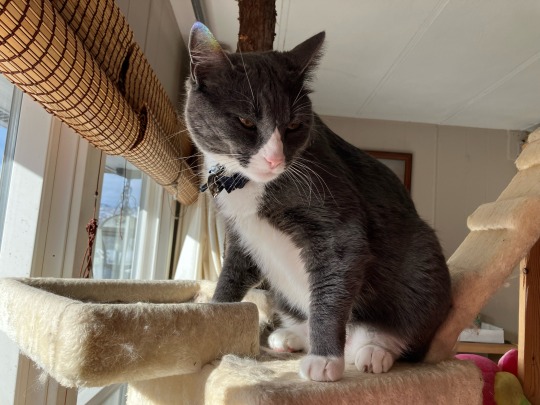
#musings#reptile#what to adopt#snake or lizard#plains hognose#rosy boa#ball python#pueblan milk snake#arizona mountain king snake#pygmy python#anthill python
1 note
·
View note
Video
youtube
NEW VIDEO! in-depth look into the calabar python/the calabar boa.
#video#artists on tumblr#herp corner#herpetology#calabar python#calabar boa#Calabaria reinhardtii#gongylophis#eryx#YES I might've lost track of time and forgotten to promote last week's video........... don't talk to me I'm brooding#(joshing)#reptiblr#snakes
6 notes
·
View notes
Text

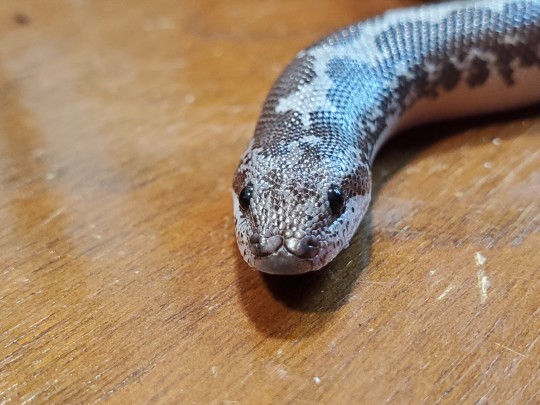
I finally have some good shot of her little face!
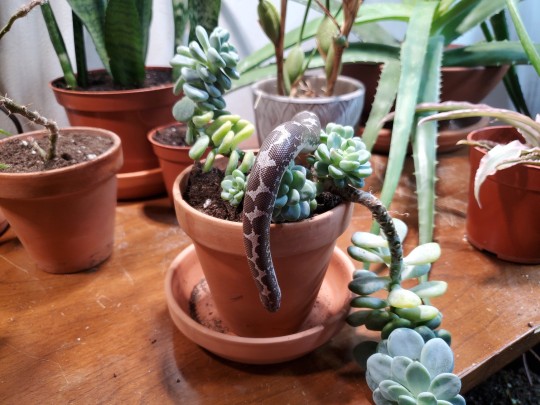
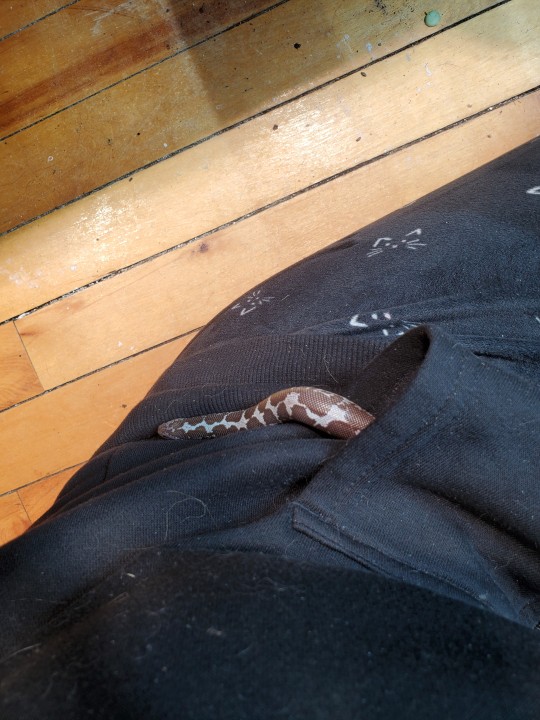
And she much prefer my pockets over plants
#reptile#snake#sand boa#kenyan sand boa#boa#herp#reptiblr#plants#indoor plants#reptile and flower#Gongylophis colubrinus
25 notes
·
View notes
Text

#kenyan sand boa#sand boa#boa#boa constrictor#gx paint#morph#snake#snakes#reptiles#reptiblr#gongylophis colubrinus
9 notes
·
View notes
Photo


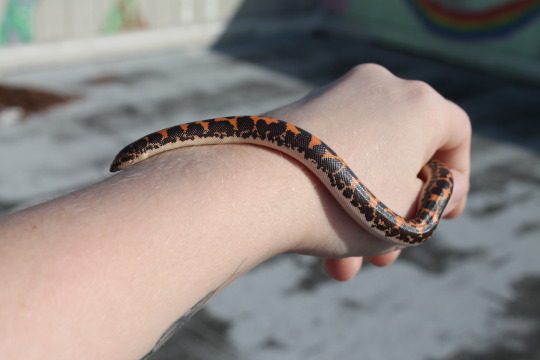
Magnet!!!
178 notes
·
View notes
Text


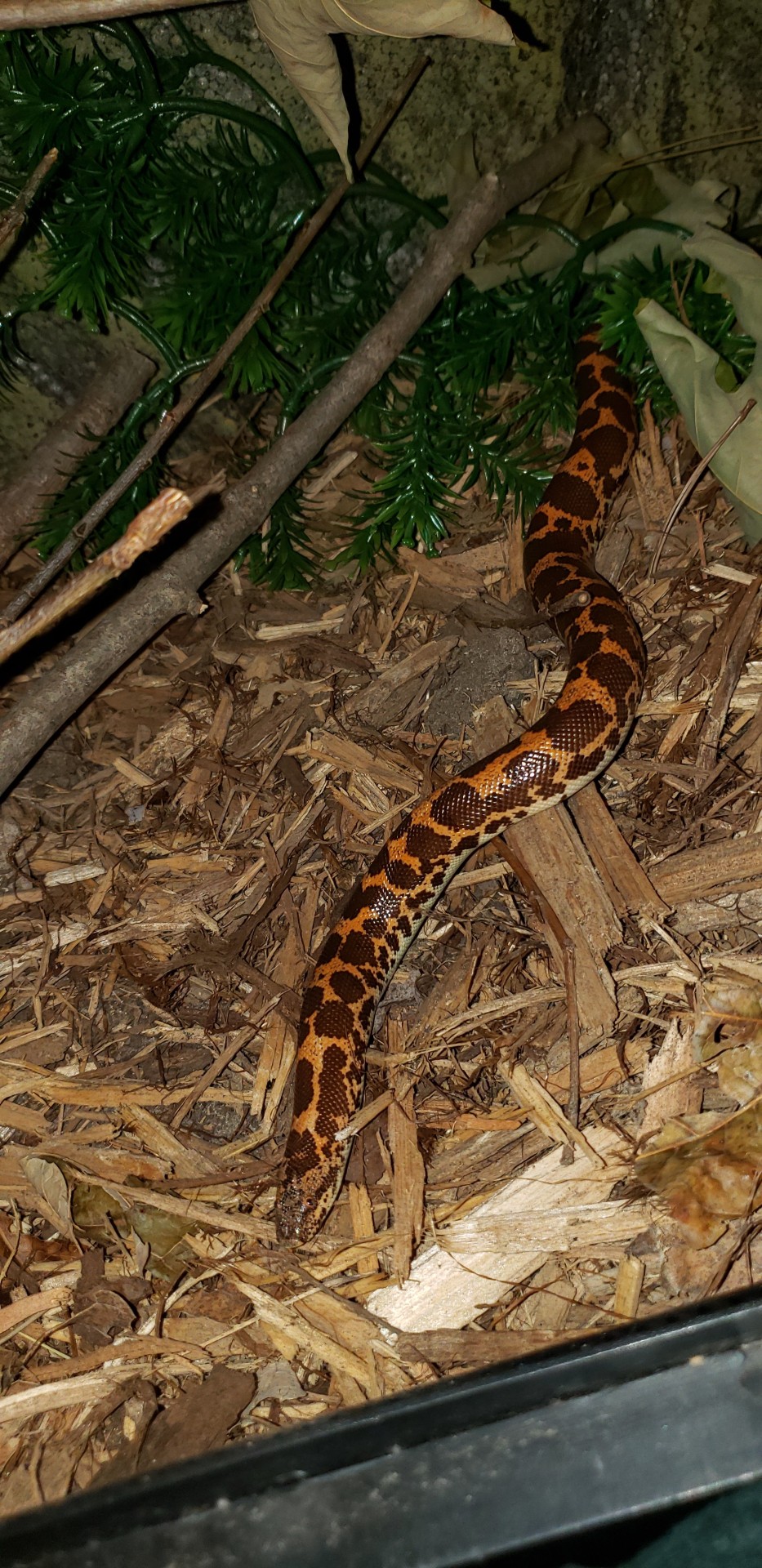
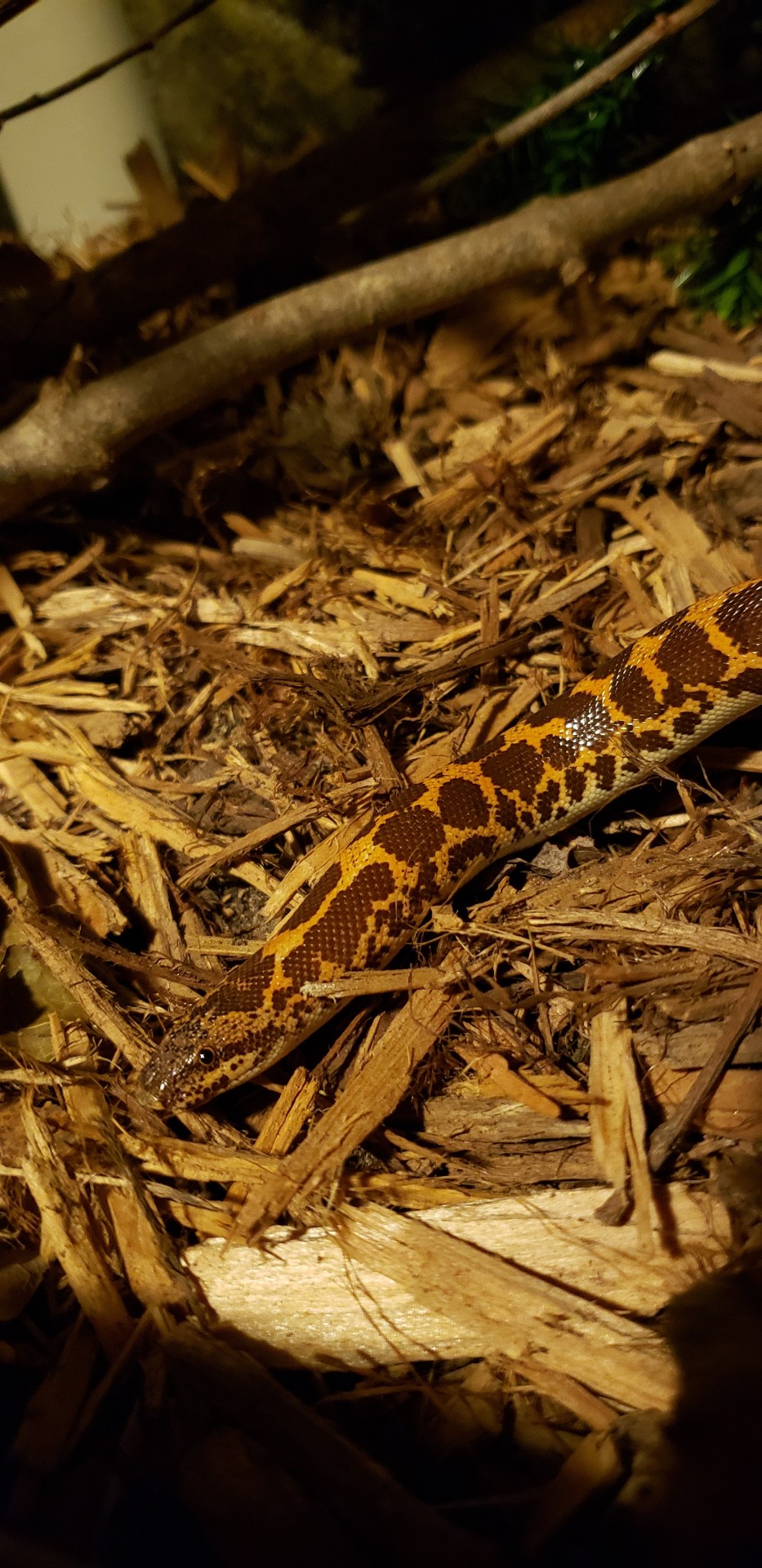
THE DIRT CHILD SHOWS HIMSELF 😲 👏🏻
4 notes
·
View notes
Text


We disturbed his slumber underneath his water bowl
[ID: Dandelion the yellow, black and white kenyan sand boa laying on top of dirt with only the middle of his body submerged under the dirt]
78 notes
·
View notes
Photo

Jello Shot is eyeing the candy bowl wondering if it would be a nice place to dig 👀
#reptiblr#Kenyan Sand Boa#gongylophis colubrinus#Friendly Familiars#Jello Shot#Jamesons#Holiday#Christmas
7 notes
·
View notes
Photo
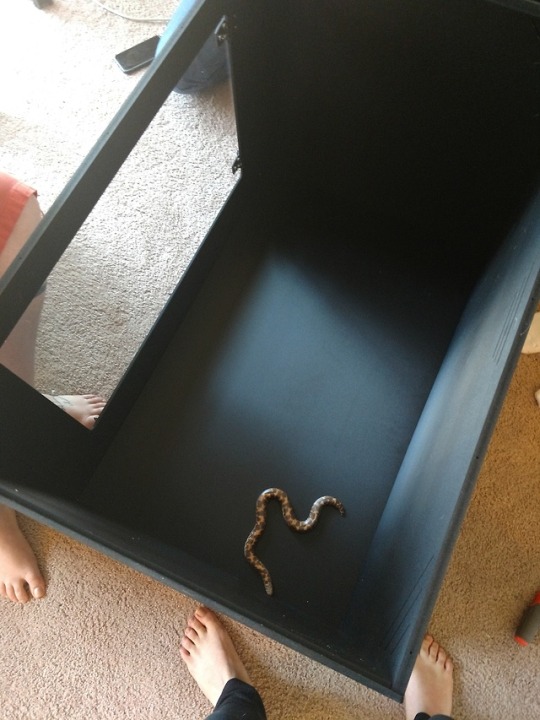
This may have been overkill..
18 notes
·
View notes
Text
Snake Swag Bracket Round 1

Let's take a look at some burrowing boas! Both Solomon Island ground boas (Candoia paulsoni) and Kenyan sand boas (Gongylophis colubrinus) are fossorial snakes, meaning they spend much of their time burrowed underground! Like the dwarf Burmese pythons, Solomon Island ground boas are an example of insular dwarfism. As their name implies, they are native to the Solomon Islands, and they grow to an average of 3-4 feet. Their triangular shaped head helps them dig in the dirt of the forest floor where they will spend much of their time--although, based on my own experience and speaking with other keepers, they are also excellent climbers and they do seem to enjoy spending time up in branches if given the opportunity! Kenyan sand boas can be found on the East coast of Africa from Kenya up through Egypt. They spend most of their time buried in the sand, and their eyes are positioned near the top of their head so they can peek out while still staying hidden! They have very smooth scales on their body except for the scales on their tail, which are bumpy to help assist them in getting traction in the sand. They are increasingly popular in the reptile pet trade, and are beloved for their generally easy going personalities, and for their wonderfully goofy faces--I once heard them described as "like if a five year old's drawing of a snake came to life"!
19 notes
·
View notes
Photo


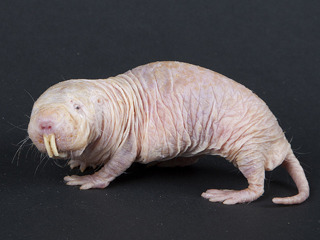
Uncovering the Naked Mole Rat
Also known as sand puppies, the naked mole rat (Heterocephalus glaber) is a small, burrowing rodent native to Eastern Africa. They typically reside underground, building large, complex burrows under savannahs and grasslands. In larger colonies, consisting of up to 100 individuals, the length of the tunnels collectively can reach up to 5 kilometers, and extender over 2m underground.
Because naked mole rats live almost entirely underground, they have developed special adaptations for subterranean life. The air circulation in their tunnels can be quite low, naked mole rats have an unusually high tolerance for low-oxygenated air; studies have shown they can last up to 5 hours with only 5% oxygen. The minimum concentration a human being needs is about 20%. Naked mole rats have very poor vision and hearing, and instead rely on their sensitive whiskers and tail hairs to navigate. Lastly, sand puppies are unable to thermoregulate their bodies; Instead of internally heating themselves, they huddle together or travel to tunnels near the surface that are heated by the sun. This helps them save energy in a very food-poor environment.
H. glaber, as a subterranean rodent, feeds primarily on roots and tubers it encounters underground. Food-- usually only some parts of a plant rather than the whole root system-- are gathered and brought back to a central chamber in the burrow for storage. They eat very little at a time, so a single large tuber can last a colony for weeks or months. Another one of sand puppies’ unique adaptations is a bacteria in their intestines that convert otherwise inedible fibres into energy-filled fatty acids. In turn, naked mole rats are prey for snakes, especially burrowing snakes like the rufous beaked snake (Rhamphiophis oxyrhynchus) and the Kenyan sand boa (Gongylophis colubrinus).
Perhaps one of the most unique aspects about naked mole rats is their social structure. Like many species of bees and ants, sand puppies are eusocial. In each colony there is a queen-- a female that births all the colony’s pups-- and 1 to 3 male breeders. The queen is the only fertile female and is noticably larger than the others, weighing over 50g. Males and sterile females are typically only 30 to 35 g. While some males are breeders, most, like sterile females are workers. Working sand puppies are divided into several different categories, including tunnelers, gatherers, and guards. A strict caste system is followed, and any individual stepping out of line is challenged to a fight.
The queen naked mole rat produces pups throughout the year. Pregnancies last about 70 days, and pups are born in litters of 7 to 10. The pups are cared for collectively by other members of the colony. Males become mature in about a year, and females mature after only 10 months. Inbreeding is common in sand puppy colonies, but severe genetic issues are averted by the role of dispersers: individuals whose job within the colony is to leave and infiltrate new groups. Naked mole rats can live for upwards of 15 years, and are considered the longest living rodents in the world.
Conservation status: Sand puppies are common in East Africa and are considered of Least Concern by the IUCN. Although they are common as pets in many other countries, there is no established pet trade known to take individuals from the wild. Current threats include pollution via agricultural pestisides and habitat fragmentation, which could endanger the genetic diversity of colonies.
Photos
Joel Sartore
Frans Lanting
Meghan Murphy
#naked mole rat#Rodentia#Heterocephalidae#rodents#mammals#Subterranean#subterranean fauna#subterranean mammals#Savannahs#savannah mammals#grasslands#grassland mammals#africa#east africa#biology#zoology#animal facts
94 notes
·
View notes